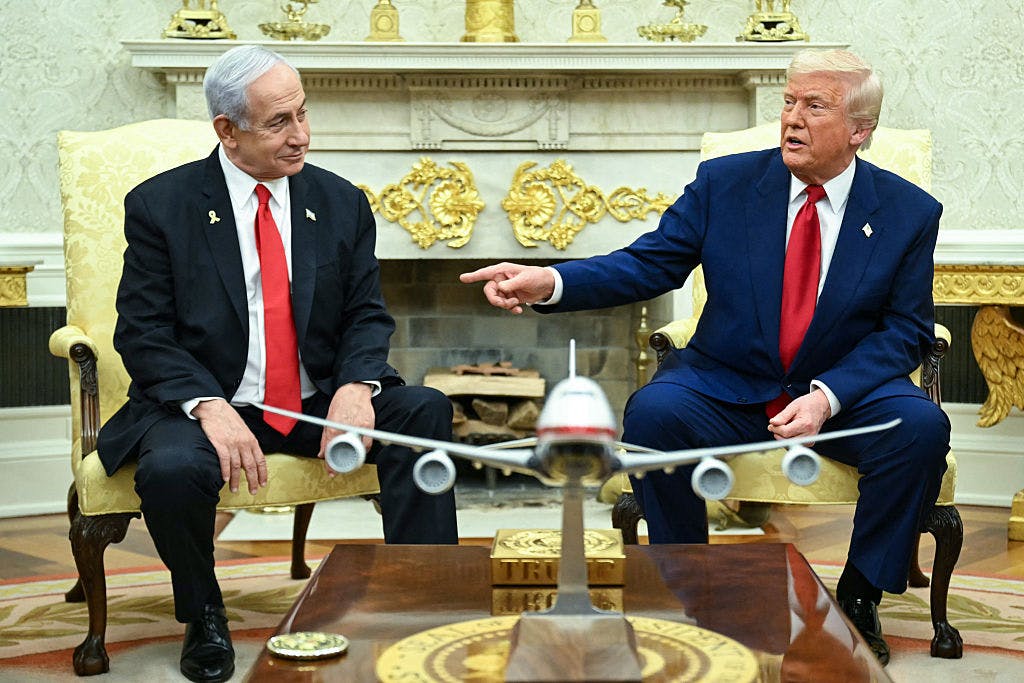Bureaucrats can’t rein in wild horse spending



Topline: In 2010, the federal government paid ranchers $64 million to quite literally hold their horses.
Measures meant to protect wild horse populations had arguably been taken too far, and the Bureau of Land Management paid farmers to store horses on their property.
That’s according to the “Wastebook” reporting published by the late U.S. Sen. Dr. Tom Coburn. For years, these reports shined a white-hot spotlight on federal frauds and taxpayer abuses.
Coburn, the legendary U.S. Senator from Oklahoma, earned the nickname “Dr. No” by stopping thousands of pork-barrel projects using the Senate rules. Projects that he couldn’t stop, Coburn included in his oversight reports.
Coburn’s Wastebook 2010 included 100 examples of outrageous spending worth more than $11.5 billion, including this horse funding that amounts to $92.6 million in 2024 dollars.
Key facts: Congress passed the Wild Free-Roaming Horses and Burros Act in 1971 with noble intent. Ranchers around the country were shooting or poisoning wild horses that came too close to farmland, and more protections were needed.
The Bureau began capturing horses by chasing them with helicopters and loading them into trucks, where they were taken to government storage facilities.
Supposedly, without the captures, the horses would reproduce at an unsustainable rate and starve while competing for limited resources. Animal rights activists like the Wild Horse and Burro Freedom Alliance disagreed and advocated for the horses to roam free.
Most of the horses were auctioned off to ranchers who could properly care for them. By 2010, the Bureau had captured so many wild horses — 35,600, according to Coburn — that they needed to pay ranchers to store them.
The annual cost of the program rose 58% in 2010 to reach $64 million. Two-thirds of the horses were held by Oklahoma farmers.
The program is so unpopular that the House voted in 2018 to let ranchers start killing wild horses again. The bill died in the Senate.
Spending has only multiplied since then. The program cost $157.8 million in 2023. Of the 73,513 wild horses currently in the U.S., 66,240 are held by the government, according to wildlife rescue service Return to Freedom.
Search all federal, state and local government salaries and vendor spending with the AI search bot, Benjamin, at OpenTheBooks.com.
Critical quote: Animal rights groups like Return to Freedom are now suggesting fertility control to safely reduce wild horse populations without capture.
“Wild horses and burros fall into a pipeline that sends them over our borders to foreign slaughterhouses,” Return to Freedom’s website states. “If implemented correctly, fertility control would allow for the phasing out of inhumane roundups and long-term holding, would save taxpayer dollars over time and would allow for management of viable herds on the range, where they belong.”
Summary: Congress should have other priorities besides playing zookeeper at taxpayers’ expense. A new solution for protecting horses may be necessary.
The #WasteOfTheDay is brought to you by the forensic auditors at OpenTheBooks.com
What's Your Reaction?
 Like
0
Like
0
 Dislike
0
Dislike
0
 Love
0
Love
0
 Funny
0
Funny
0
 Angry
0
Angry
0
 Sad
0
Sad
0
 Wow
0
Wow
0












































































